Why do charged and neutral objects attract?
Important Questions on Static Electricity
As shown in the figure, two particles, each of mass tied at the ends of a light string of length are kept on a frictionless horizontal surface. When the mid point of the string is pulled vertically upwards with a small but constant force the particles move towards each other on the surface. Magnitude of acceleration of each particle, when the separation between them becomes is
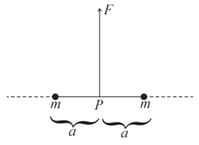
Charge over a non conducting ring is distributed so that the linear charge density varies as . What is the direction of the force on a charge placed at the centre?
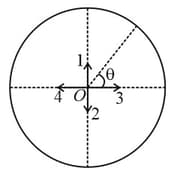
Which of the following four figures correctly show the forces that three charged particles exert on each other?
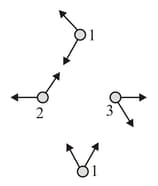

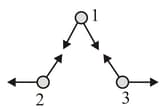

The figure presents a crystal unit of cesium chloride,. The cesium atoms, represented by open circles are situated at the comers of a cube of side , whereas atom is situated at the center of the cube. The atoms are deficient in one electron while the atom carries an excess electron. What is the net electric field on the atom due to eight atoms ?
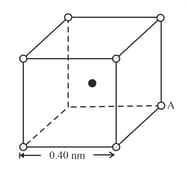

Ball repels and attracts .
Ball attracts and has no effect on .
A negatively charged rod attracts both and .
An electrically neutral Styrofoam ball gets attracted if placed nearby a charged body due to induced charge. What are the charges, if any, on each ball and ?
Repulsion is a sure test of electrification give reason.
Two pith balls each with mass are suspended from insulating threads. When the pith balls are given equal positive charge , they hang in equilibrium as shown. We now increase the charge on the left pith ball from to while leaving its mass essentially unchanged. Which of the following diagrams best represents the new equilibrium configuration?
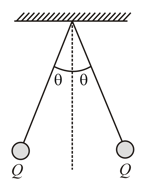
Figure shows tracks of three charged particles in a uniform electrostatic field. Give the signs of the three charges. Which particle has the highest charge to mass ratio?


